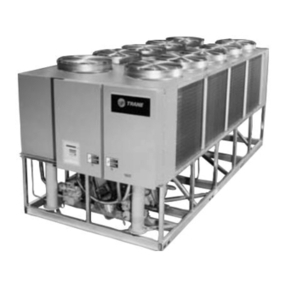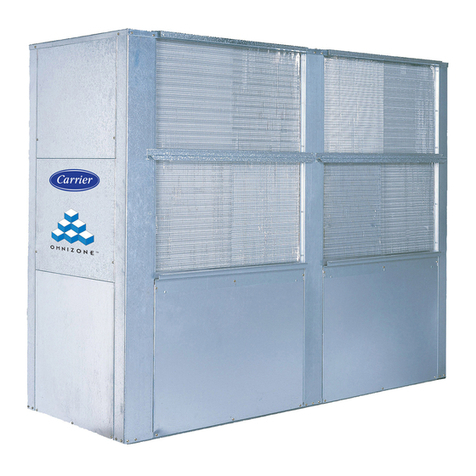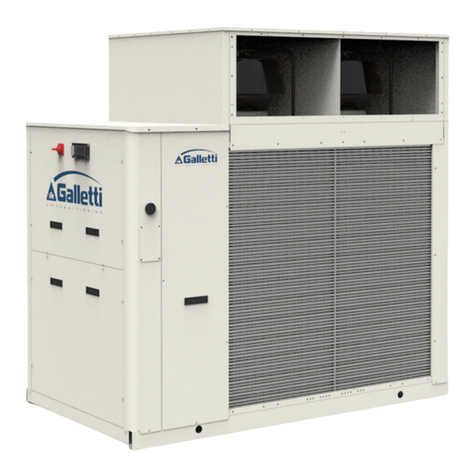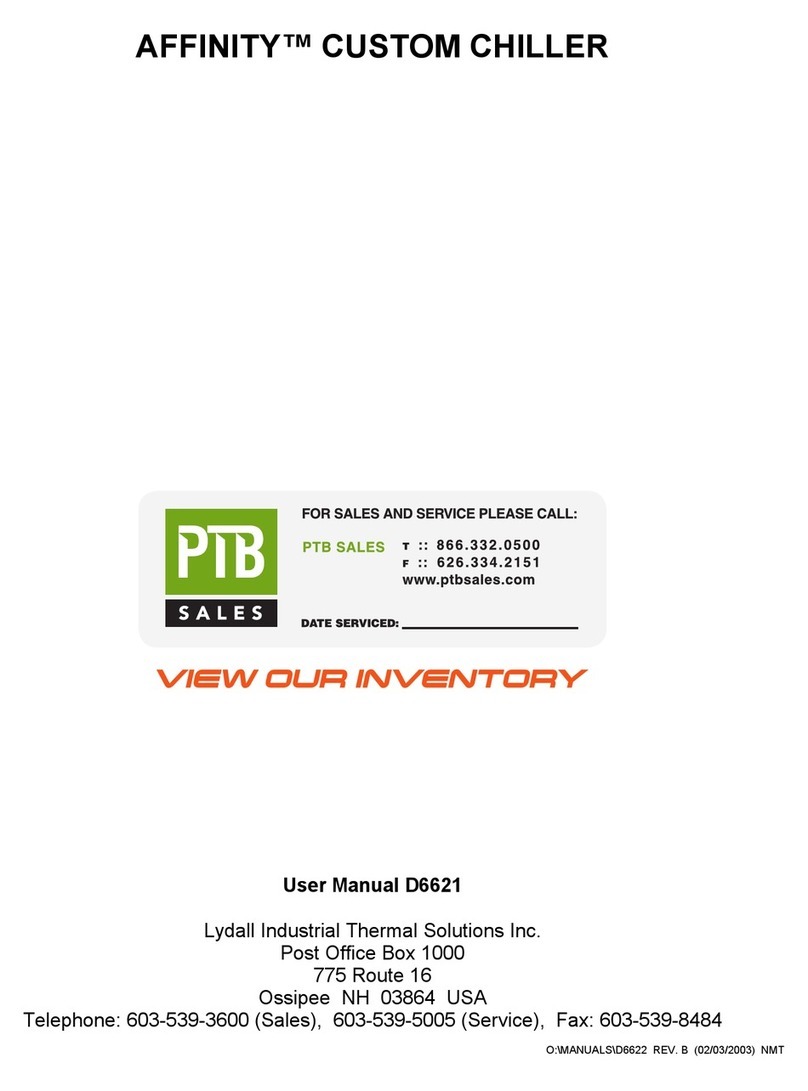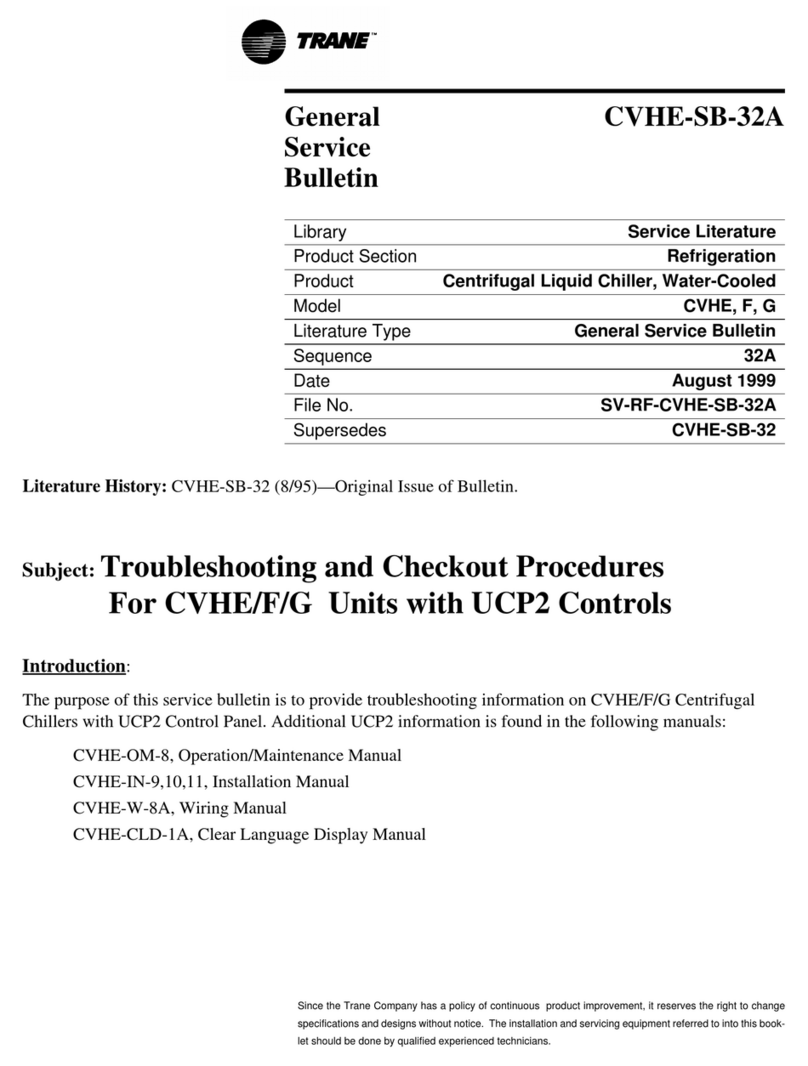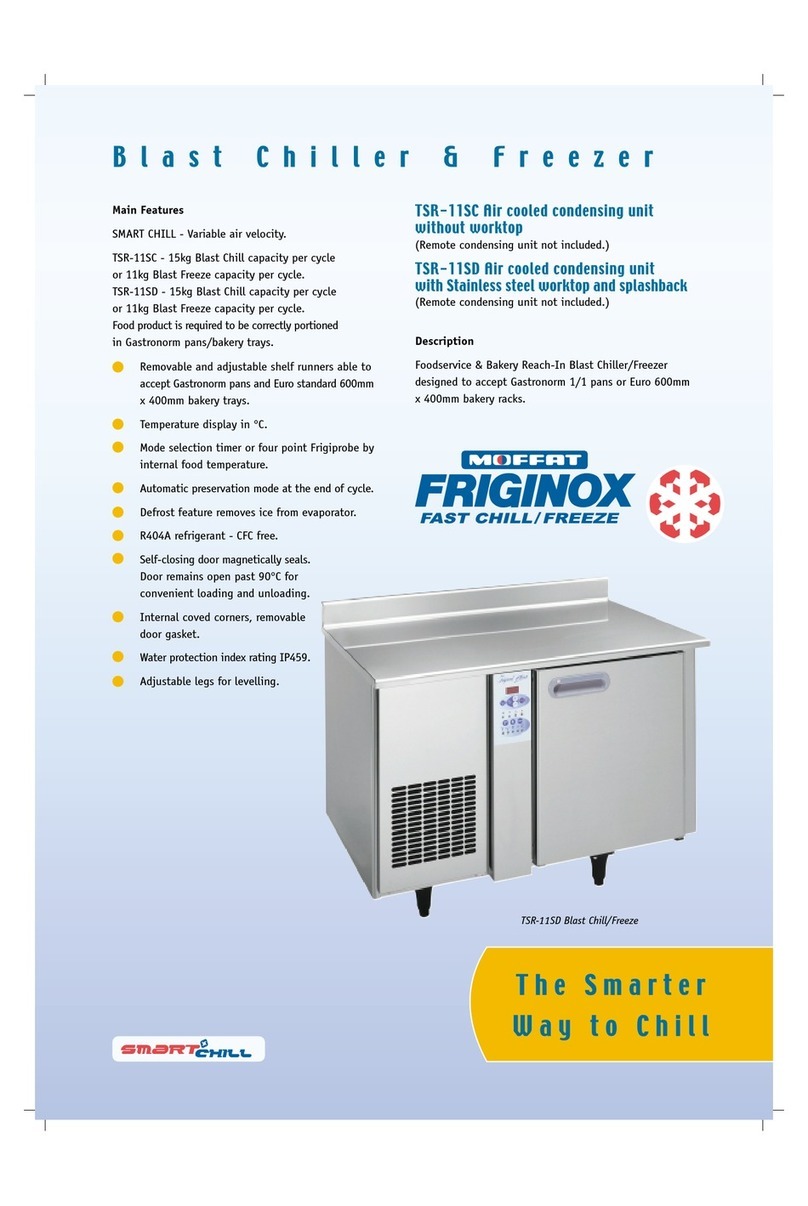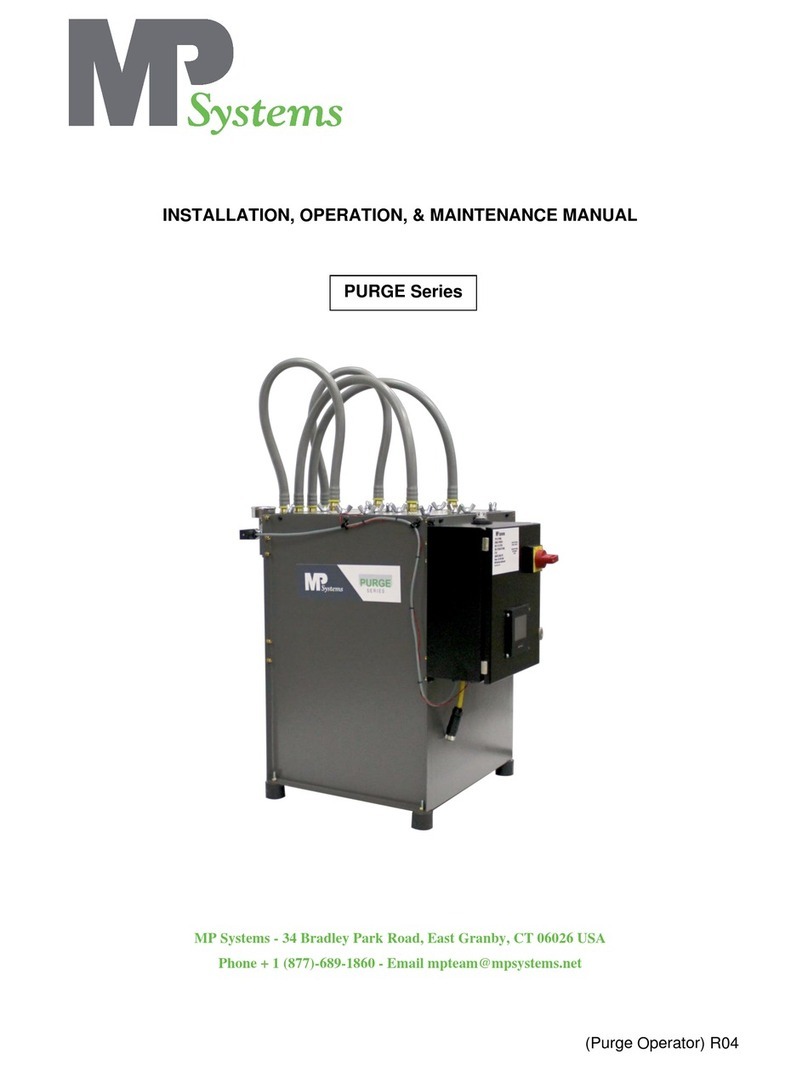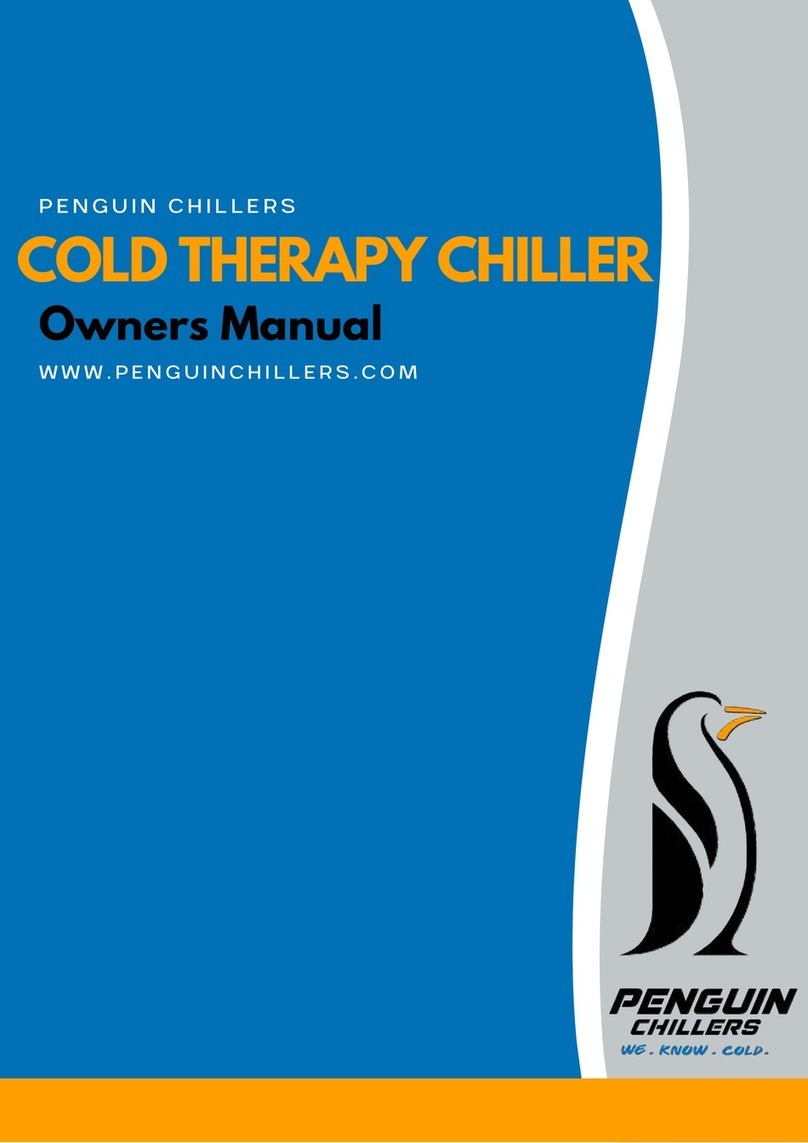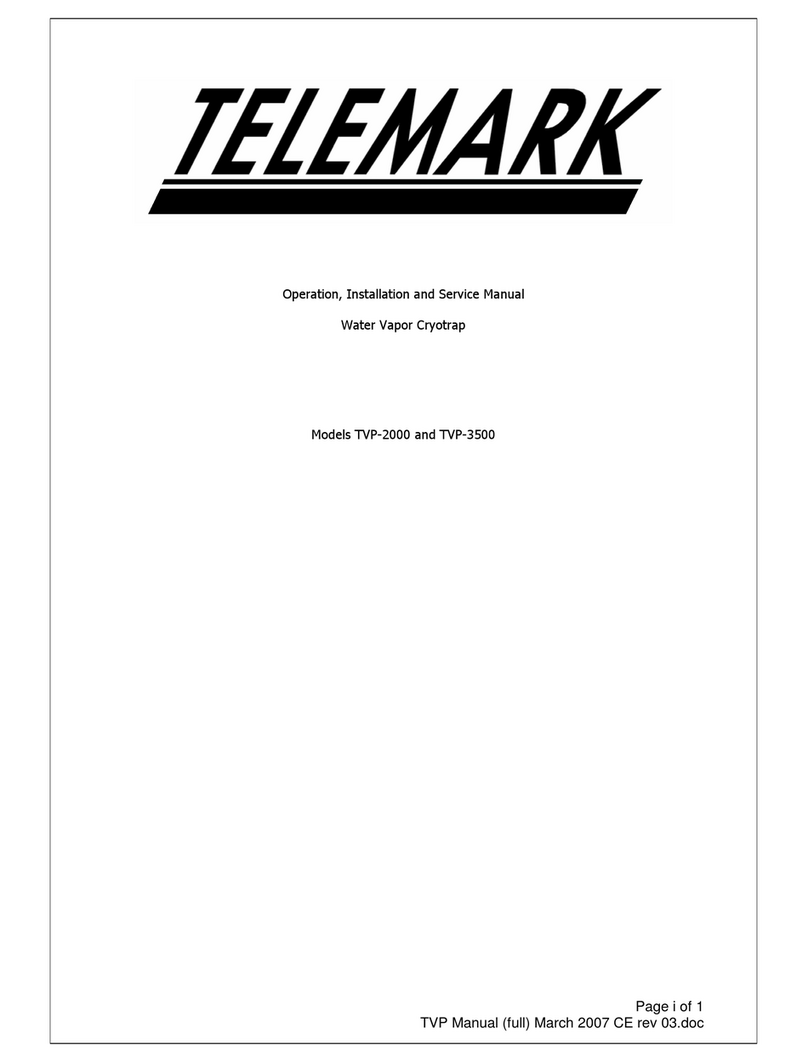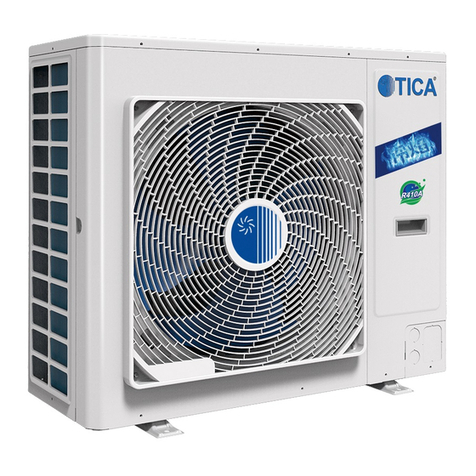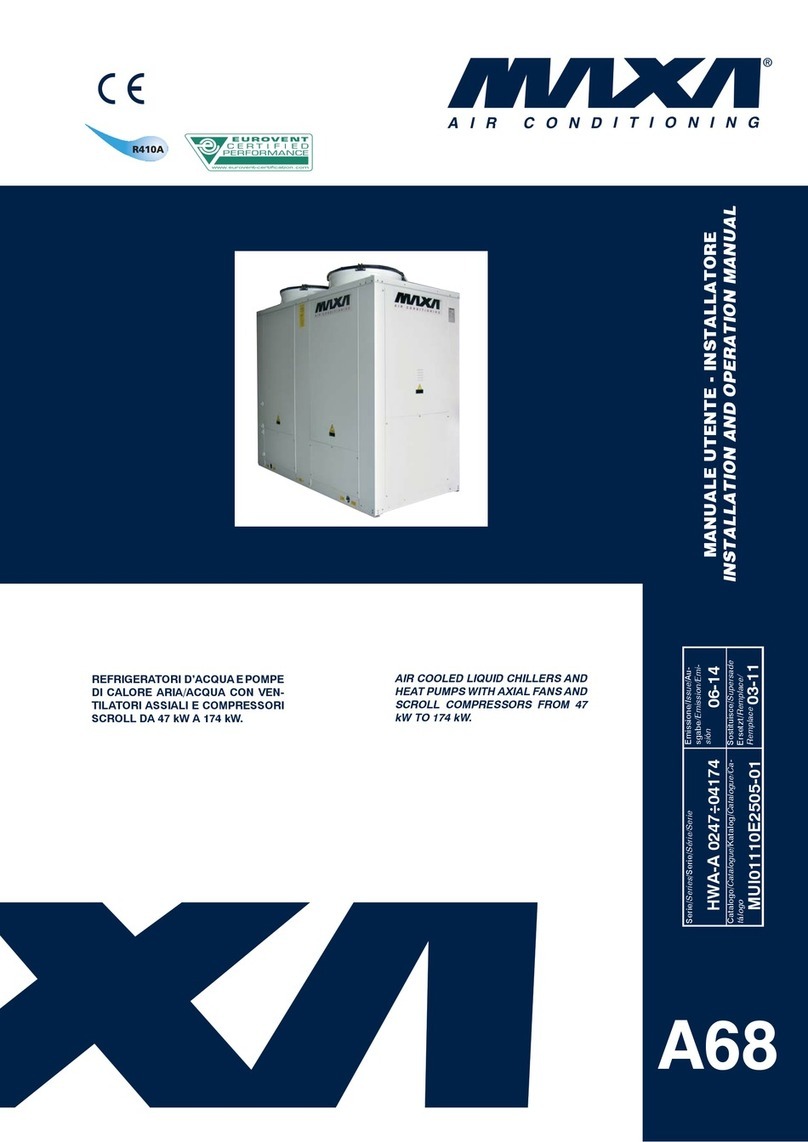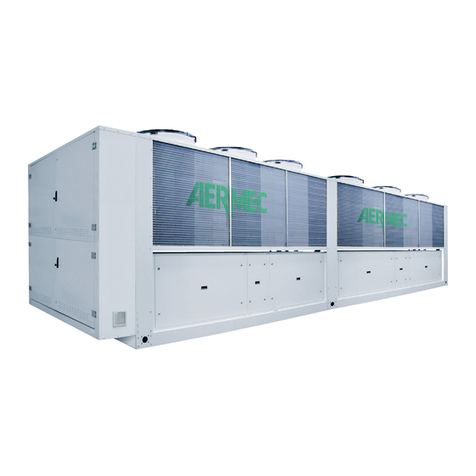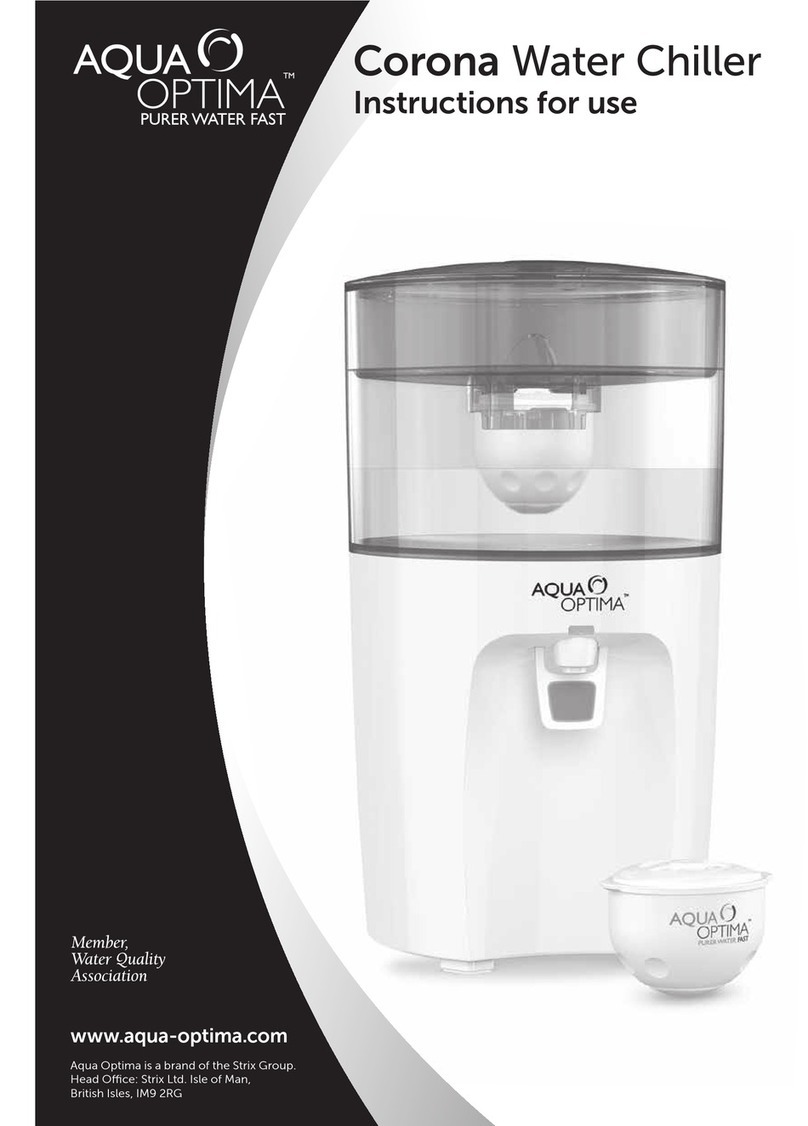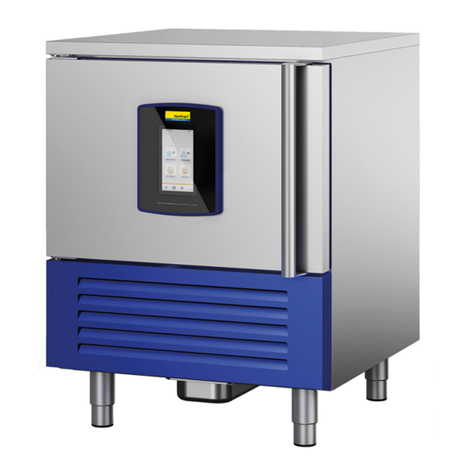
Equipment Precautions
Failure to adhere to these precautions will void the warranty and may damage the chiller.
1. This chiller has been shipped without coolant. Do not run the unit without the fluid lines
connected and filled with the proper fluid. Never run the pump dry because it will be quickly
damaged without liquid.
2. This unit is designedto use HFE-7500 as the coolant. It wastested at the factory with HFE-
7500. Consult Lydall prior to using any other fluid. Other coolants may not be compatible
with the components in the unit’s coolant loop.
3. Maximum storage temperature for the unit is 52EC (125EF).
4. The chiller is designed for indoor use only. Do not operate the chiller in ambient
temperatures below 7EC (45EF) or above 30EC (86EF). Operationabove 30EC will derate
the chiller’s cooling capacity. If the chiller has been exposed to temperatures below 7EC,
allow twenty-four hours at ambient temperature above 7ECto warm the oil in the
compressor as well as the refrigerant before starting.
5. If this unit contains refrigerant, there is an oxygen depletion risk that should be considered.
It must be placed in a room with adequate volume based on the amount of refrigerant in the
unit. If additional refrigeration equipment is in the room, additional space must be provided.
In thePlacement section, underInstallation,referto theWarning:OxygenDepletion Riskfor
more details.
6. The cabinet of the chiller is designed to vent air. Maintain free space for flow of air on the
condenser side of the chiller. The two sides or the top must have an equal amount of free
space.
7. Regularly check the air filter located in front of the compressor. Remove the filter, clean as
needed and reinstall or replace. When air flow becomes impeded, cooling capacity
decreases and electrical efficiency drops as motor load increases.
8. This chiller operates on three phase electricity. Some components aresensitive to phase
sequence. The chiller is designed and wired so that all components will operate properly
if the phase sequence is correct. This unit is protected by a Phase Reverse Relay, to
prevent it from running if the sequence is incorrect. If the chiller fails to start on installation,
reverse the phase sequence external to the chiller. Do not modify the wiring inside the
electrical box.
9. Routinely inspect the pump inlet strainer located inthereservoir for buildup of debris. Turn
the chiller off, then remove and clean the strainer as required to permit free flow of coolant.
Prevent foreign debris from entering coolant lines while the strainer is removed. Hint: A
plasticsandwich bag maybeusedto wrapthestrainerto containmostofthe debris. Failure
to keep the strainer clean will reduce coolant flow and may damage the pump.
Artisan Technology Group - Quality Instrumentation ... Guaranteed | (888) 88-SOURCE | www.artisantg.com
